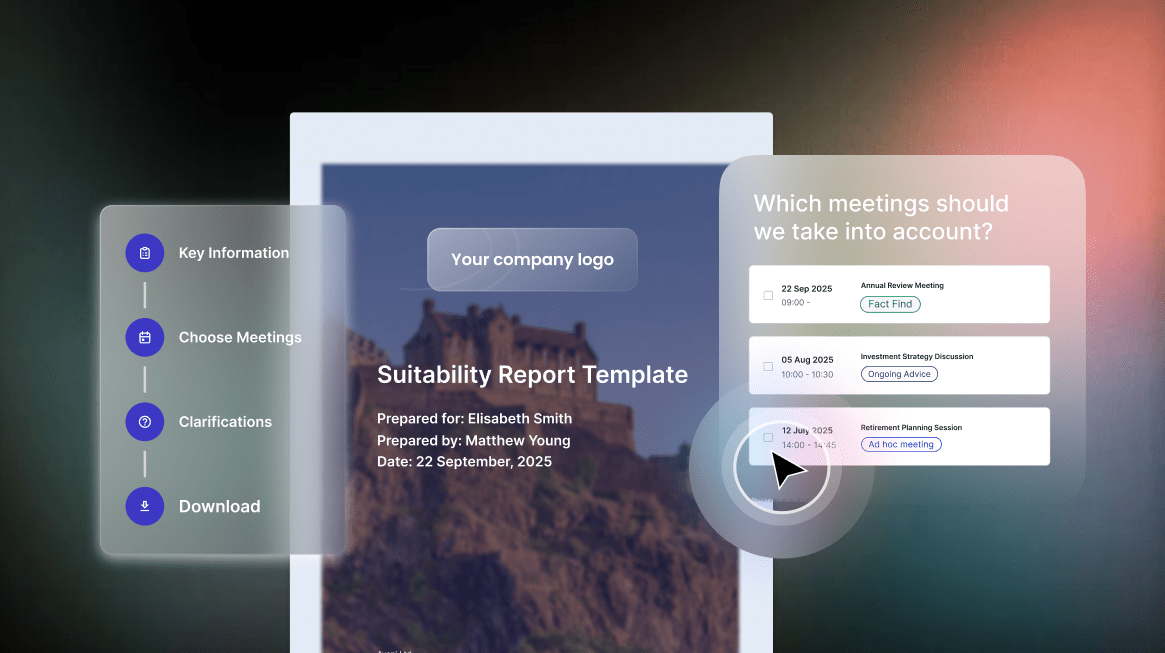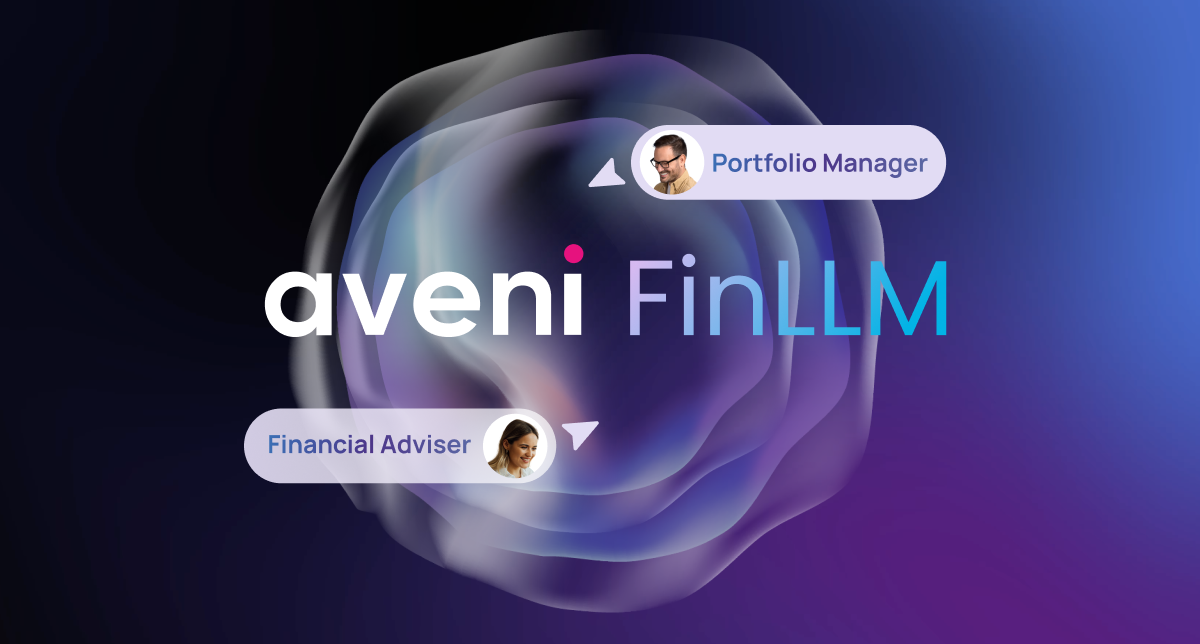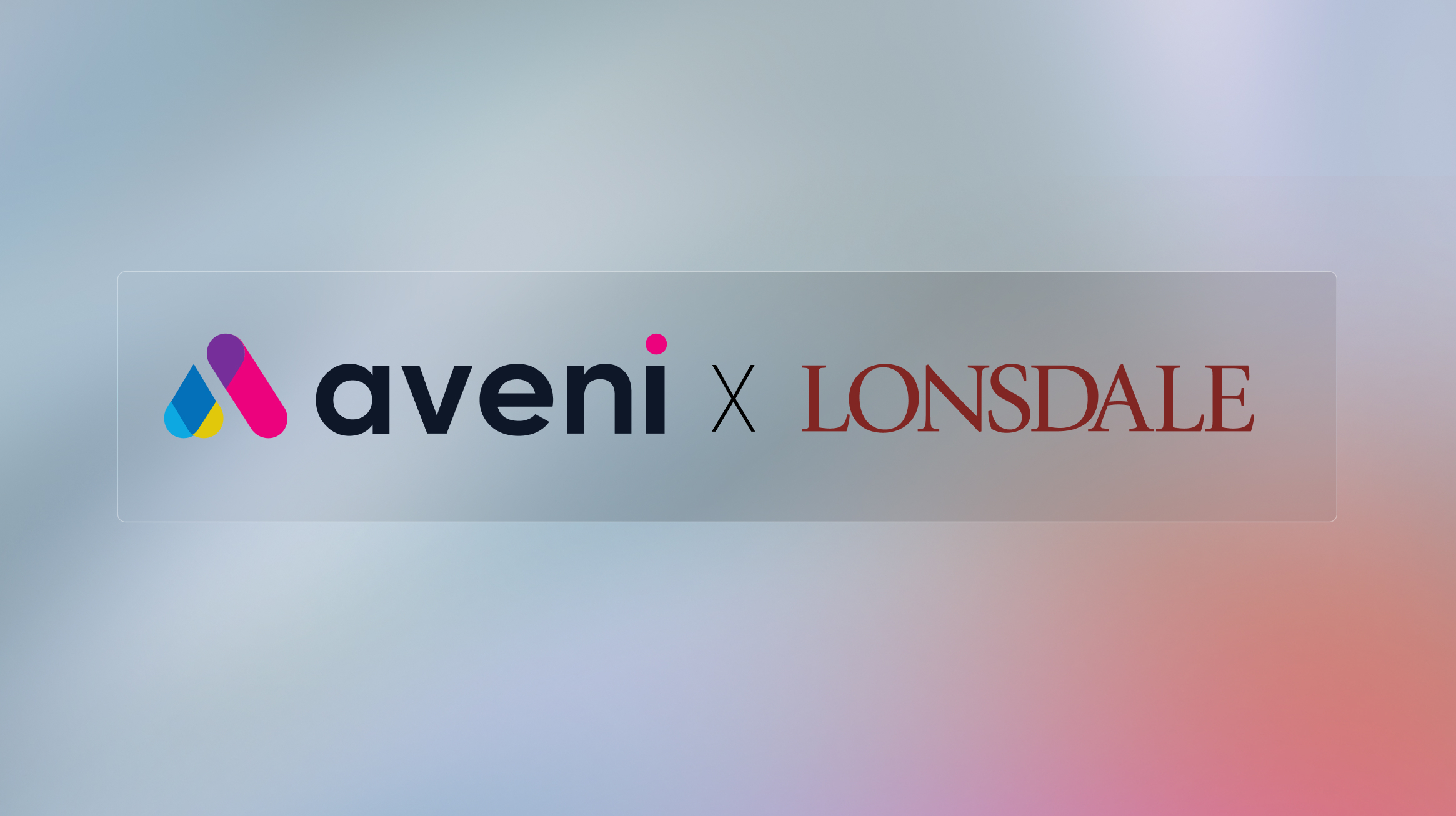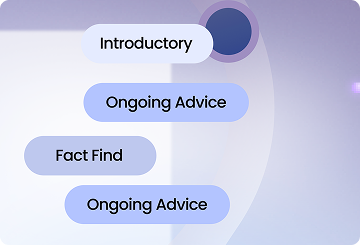AI guardrails and monitoring in financial services require precision that goes far beyond standard technology implementations. While other industries can tolerate occasional mistakes or minor biases, financial services operates under a different standard. A single AI error can result in regulatory violations, customer harm, or reputational damage that takes years to repair.
The challenge facing financial services leaders is clear: how do you implement AI guardrails and monitoring systems that actually prevent problems rather than just detect them after the fact? The answer lies in moving beyond generic AI safety approaches to build comprehensive monitoring and guardrail systems designed specifically for the unique demands of regulated financial environments.
Why Generic AI Guardrails Fall Short in Finance
Most AI guardrails treat risk as a single dimension. This creates dangerous blind spots when applied to financial services. A model might score well on standard benchmarks while still exhibiting bias in credit decisions, hallucinating regulatory guidance, or failing to protect sensitive customer data.
Financial services AI faces seven distinct risk categories, each requiring specialised guardrails and monitoring:
Toxicity and Bias: AI systems that amplify discriminatory content or show systematic bias across demographic groups can violate fair lending laws and customer protection regulations.
Data Privacy: Models trained on financial data must protect personal information while remaining functionally useful, balancing GDPR compliance with operational effectiveness.
Hallucination: In financial services, confident misinformation about regulations, products, or market conditions can lead to catastrophic decision-making.
Misalignment: When AI outputs deviate from firm values or regulatory expectations, they can produce customer outcomes that violate duty of care requirements.
Misinformation: Incorrect financial guidance or fabricated regulatory citations create liability risks that extend beyond the immediate interaction.
IP Infringement: Models that reproduce copyrighted content or leak proprietary information expose firms to legal and competitive risks.
Each risk category demands specific guardrails, monitoring systems, and mitigation strategies. This is why we developed FinLLM with financial-grade guardrails and monitoring built into the foundation, not added as an afterthought.
Learn more about the technical procedures behind aligning LLMs specifically for financial services →
A Systematic Approach to AI Guardrails and Monitoring
Effective AI guardrails require both automated monitoring at scale and manual evaluation by domain experts. We use a multi-layered approach that combines the thoroughness of systematic evaluation with the insight that comes from real-world expertise.
Manual Red Team Testing
Our internal teams, including UK finance and financial advice specialists, conduct focused attacks on specific risk categories. This approach provides valuable feedback that automated testing cannot capture.
For example, when testing for misalignment risks, we examine whether the model can be prompted to give instructions for illegal activities, whether safety constraints can be bypassed through roleplay scenarios, and whether responses remain consistent across varied prompts.
The advantage of manual testing is having focused attack prompts specific to financial services use cases. Using Aveni subject matter experts allows us to test our guardrails against hallucination and misinformation risks with real-world context that generic monitoring systems miss.
Automated Framework Integration
We integrate established frameworks like Llama Guard, GuardrailsAI, and custom evaluation datasets to systematically test guardrails and monitor vulnerabilities at scale. This includes using language models to generate adversarial prompts based on findings from manual testing.
The combination provides comprehensive guardrail coverage while maintaining the efficiency needed for continuous model monitoring and deployment.
Implementing Context-Sensitive Guardrails
Safety guardrails must be context-sensitive rather than universally applied. A public-facing customer service chatbot requires different protections than an internal compliance analysis tool.
Pre-Call, During-Call, and Post-Call Protection
Pre-call guardrails assess inputs before they reach the model. If they fail, users receive a standard response like “Please rephrase your prompt as it violates our safety policies.” These are the strictest guardrails that measure risks most likely to occur at the input stage, such as jailbreaking attempts or toxic language.
During-call guardrails provide a second threshold for inputs that passed the initial safety check. These catch subtler risks like potential misinformation patterns. If an input fails this guardrail, the model is prevented from generating a response.
Post-call guardrails evaluate model outputs for risks that large language models are particularly prone to, such as hallucination, bias, or privacy violations. The response is only sent to users if it passes these final safety checks.
This layered approach ensures comprehensive protection while minimising unnecessary computational costs and latency impacts.
Discover how FinLLM’s architectural choices support safety by design →
Real-World Applications: Where Guardrails Meet Functionality
The most rigorous guardrail framework means nothing if it prevents AI from delivering value. Financial services leaders need to see how guardrails and monitoring translate into practical applications that improve business outcomes.
Client-Adviser Call Summarisation
Financial advisers generate transcripts from client calls that require accurate summarisation and information extraction. High summarisation accuracy is essential because these outputs inform critical decisions including investment recommendations and debt management strategies.
This use case demands precise information attribution, bias-free analysis, and regulatory alignment. Guardrails must prevent hallucinated facts while ensuring summaries remain actionable and comprehensive.
An application like this can save up to 132 administrative hours per adviser annually (source: FinLLM Safety Report Part III: Guardrails & Monitoring), but only if the underlying AI system maintains the accuracy and reliability that regulatory environments demand.
Vulnerable Customer Classification
During client interactions, indicators of vulnerability such as references to ill health or financial hardship may emerge. Early identification enables appropriate guidance and timely interventions.
This requires a model fine-tuned for vulnerability classification that can function as automated triage without creating additional risks for already vulnerable customers. Guardrails must prevent false positives that could stigmatise clients while monitoring systems ensure genuine vulnerability signals are reliably detected.
Applications like this can reduce Risk & Compliance review time by 30-50% (source: UK Finance), but success depends on AI systems that balance sensitivity with accuracy through sophisticated guardrails and monitoring.
Continuous Monitoring and Feedback Loops
AI guardrails are not a one-time implementation but an ongoing process that requires systematic monitoring and continuous improvement.
Risk-Based Monitoring
We evaluate use cases and AI systems based on five dimensions: customer exposure, data sensitivity, model complexity, technical risk, and regulatory risk. Each dimension is scored and weighted to determine the appropriate level of oversight and governance.
Applications with higher risk scores receive more intensive monitoring and enhanced guardrails, including:
- Regular sampling of inputs and outputs
- Automated tracking of guardrail activations and effectiveness
- Enhanced incident reporting requirements
- More frequent guardrail testing and monitoring evaluations
This ensures resources are allocated appropriately while maintaining comprehensive coverage across all deployments.
Explore how AI governance links directly to Consumer Duty expectations → Consumer Duty Technology: The 2026 Outcomes Roadmap.
Sustainability Considerations
Building responsible AI includes environmental responsibility. We calculate and report the carbon footprint of model training, implement parameter-efficient fine-tuning techniques, and prioritise data centers committed to renewable energy.
Our 7B model training consumed 247.55MWh, equivalent to 130.93 tCO2. We report these metrics transparently and continuously work to optimise both performance and environmental impact.
Our 7B model training consumed 247.55MWh, equivalent to 130.93 tCO2. To put this in perspective, training GPT-4 consumed an estimated 51,700-62,300, while training GPT-3 consumed 1,287 MWh. This means our financial-specific model used approximately 1/5th the energy of GPT-3 and roughly 1/250th the energy of GPT-4, while delivering specialized capabilities tailored for financial services.
This efficiency advantage compounds across the model lifecycle. Smaller, specialised models require significantly less computational power for inference, reducing ongoing operational emissions while maintaining the precision and reliability that financial services demands.
We report these metrics transparently and continuously work to optimise both performance and environmental impact, proving that purpose-built AI can deliver superior outcomes with dramatically lower environmental costs.
Learn why comprehensive AI governance can accelerate your AI initiatives →
The Business Case for Financial-Grade AI Guardrails
Strong AI guardrail frameworks deliver measurable business advantages:
Regulatory Confidence: Deploy AI systems knowing they meet current and evolving regulatory requirements.
Risk Mitigation: Reduce operational and reputational risk from AI failures through systematic prevention.
Customer Trust: Build confidence through transparent, accountable AI practices that customers can understand and trust.
Innovation Velocity: Accelerate AI adoption by reducing regulatory uncertainty through comprehensive guardrails and monitoring.
Competitive Differentiation: Demonstrate leadership in responsible AI deployment while competitors struggle with generic solutions.
The cost of inadequate AI guardrails far exceeds the investment in proper frameworks. Regulatory fines, reputational damage, and customer harm create lasting impacts that comprehensive guardrails and monitoring prevent.
→ For more detail, see AI Compliance Monitoring in UK Financial Services: A Practical Playbook
Looking Forward
Financial services stands at a critical juncture where AI guardrails and monitoring are becoming competitive differentiators. Organisations that invest in comprehensive, financial-specific guardrail frameworks today will be best positioned to capture AI’s benefits while maintaining the trust that underpins financial services.
The question for financial services leaders is not whether to prioritise AI guardrails, but whether to build them properly from the foundation. Generic approaches create false security that dissolves under regulatory scrutiny. Financial-grade AI requires financial-grade guardrails and monitoring systems.
When AI guardrails are designed specifically for financial services contexts, they become an enabler of innovation rather than a constraint. Strong guardrail frameworks accelerate deployment by creating clear pathways for responsible AI adoption.
Ready to explore how financial-grade AI guardrails and monitoring can accelerate your AI strategy while ensuring regulatory compliance? Get in touch to discuss how FinLLM’s guardrails-first approach can support your organisation’s AI objectives.
Download the full FinLLM Safety, Ethics, and Value Report →
Ready to see AI in action?
Discover how Aveni’s platform automates regulated workflows, strengthens compliance oversight,
and delivers measurable ROI across your firm.
Book a demo






